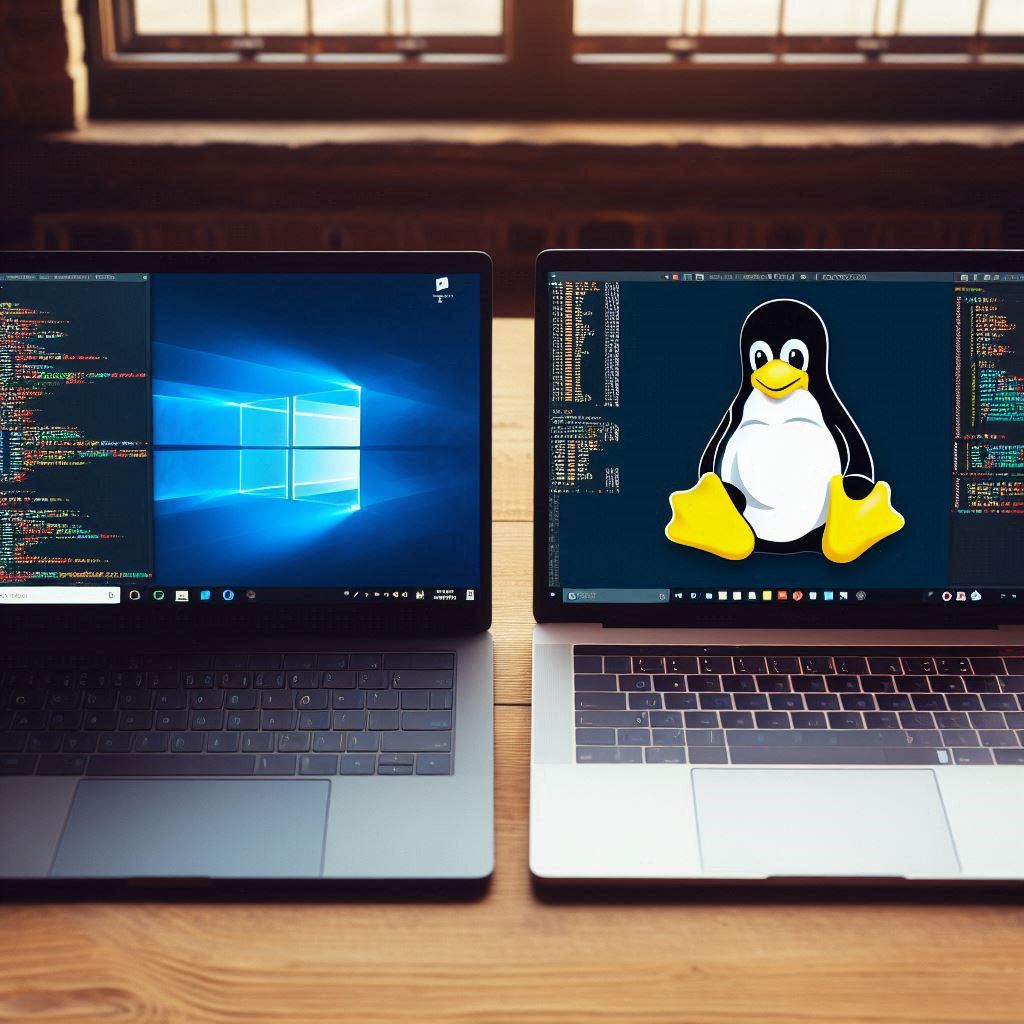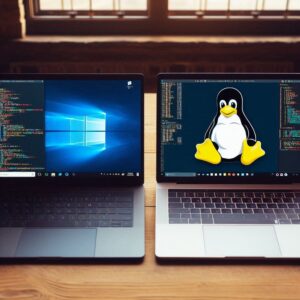What is Linux? The most commonly asked question about Linux Operating System. Let’s know together about it.
Introduction to Linux
Linux Against Windows: An All-Inclusive Research
Operating system space is mostly used by Linux and Windows. Many have always chosen Windows because of its simple interface. Linux’s security and flexibility, however, make it a good replacement. . Let’s go into the history of Linux, grasp what it is, examine who uses it, investigate why you would select it over Windows, compare the two, and look at how Linux is generating waves in artificial intelligence.
Linux’s historical background
The Origin of Linux
Back in 1991, Linus Torvalds, a student of computer science, sought a free operating system compatible for running his personal computer. Originally a side project, what started out as a hobby soon developed to be considerably more. Originally calling his creation “Freax,” Torvalds later changed the name to Linux. Built to be free and open-source—that is, anybody may use, modify, and distribute this Unix-like operating system kernel—this is
Linux: Development of this Operating System
From its modest beginnings, Linux has advanced a long distance. Helped by a global development community, it has evolved into a robust and adaptable operating system. Like Debian, Red Hat, and Ubuntu, various distributions—also referred to as “distros—have emerged with particular features to satisfy a spectrum of needs and interests.
What is Linux?
At its heart Linux is an open-source, Unix-like operating system kernel. Many operating systems, including extra software, libraries, and user interfaces to produce a complete OS, are built on this basis. Linux is developed cooperatively by a worldwide community, continually enhancing its features, security, and performance unlike proprietary systems.
Important Linux Open Source Characteristics: Linux is freely available and its source code is shared and editable by anybody.
Linux, with its robust security policies, is less prone to virus and attack vulnerability.
Linux systems are known for their reliability; typically functioning for years without a reboot.
From personal computers to massive servers, Linux may be extensively tailored to fit many purposes.
Linux Users: Who Exactly
Individuals
Linux is commonly chosen by developers, IT buffs, and people who give privacy and security first priority. Big appeals are its choices for customizing and system control.
Organizations and Companies
Linux’s reliability, security, and affordability help many tech companies—including behemoths like Google, Facebook, and Amazon—rely on it.
Learning establishments
Linux’s great features and open-source software’s openness appeal to research labs and universities.
Public sector and government
Linux is used by many government and public sector companies to improve security and openness and to free themselves from depending on proprietary software.
Why Run Linux?
Especially for companies and educational institutions, Cost-Effective Linux is free to download, use, and distribute, therefore saving large amounts of money.
Security
Linux is less prone to attack with its strong security architecture. Its open-source character makes fast security flaw detection and fixing possible.
Customization
With several desktop environments, software packages, and settings, Linux provides great customizing choices allowing users to match their systems to their needs.
Local Support
A huge and vibrant community supports Linux. Forum, email list, and online community tools let users get guidance and support.
Linux versus Windows: Their differences
Licensing and Cost: Linux is free and open-source, so anybody may alter and share the program.
Windows are proprietary programs that call a license fee for usage.
Guarding
Linux is well-known for consistent updates, low virus risks, and robust security tools.
Windows: More likely to get infected with viruses and malware; so, regular updates and outside antivirus program are advised.
Customizing Linux: Almost every feature of the system may be changed by users.
Windows: Not as customizing choices as Linux.
Linux: Particularly on older systems, often more efficient and quicker.
Windows can be resource-intensive, which affects slower operation of older machines.
Compliance with Technology
Linux: Complete software archives; some proprietary programs might not be supported.
Windows: Particularly for corporate applications, great range of software compatibility.
Linux with artificial intelligence
Linux as the Designed Operating System for Artificial Intelligence Development
Linux’s versatility, reliability, and support of robust hardware make it the ideal tool for artificial intelligence research. Perfectly running key artificial intelligence systems as TensorFlow, PyTorch, and Caffe, Linux provides researchers and developers with the tools they need to produce sophisticated AI models.
Collaborative Open Source Initiatives
The open-source nature of Linux promotes community cooperation in artificial intelligence. Researchers might share their results, support projects, and grow without the limitations on owned software.
Scale and Performance
Linux’s ability to scale well over several hardware configurations—from household PCs to massive data centers—is essential for artificial intelligence applications needing significant computational resources.
Final Thoughts
Your preferences and needs will guide you to choose which of Linux and Windows fits you best. Linux offers a secure, cheaply priced, and customizable replacement for Windows especially appealing to computer aficionados, researchers, and those engaged in artificial intelligence development. On the other hand, Windows’s easy-to-use interface and extensive program support remain causes of appeal. Understanding the benefits and drawbacks of every operating system enables you to choose a sensible one appropriate for your requirements and goals.


